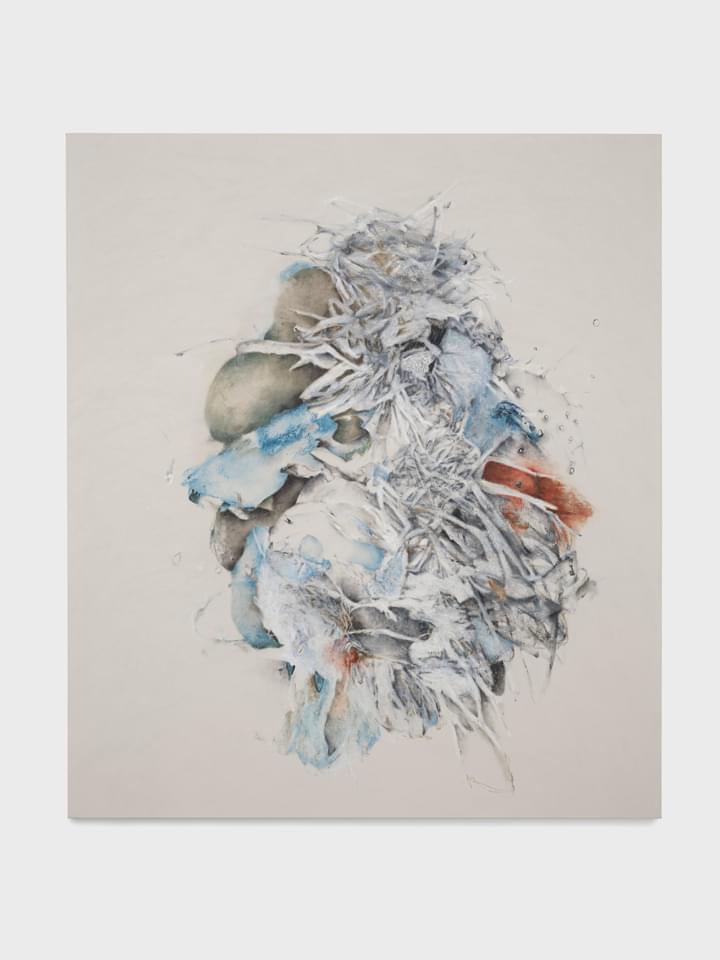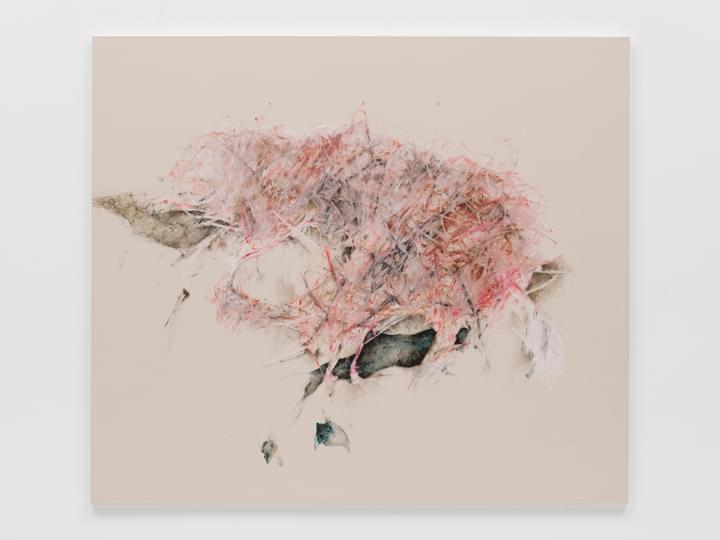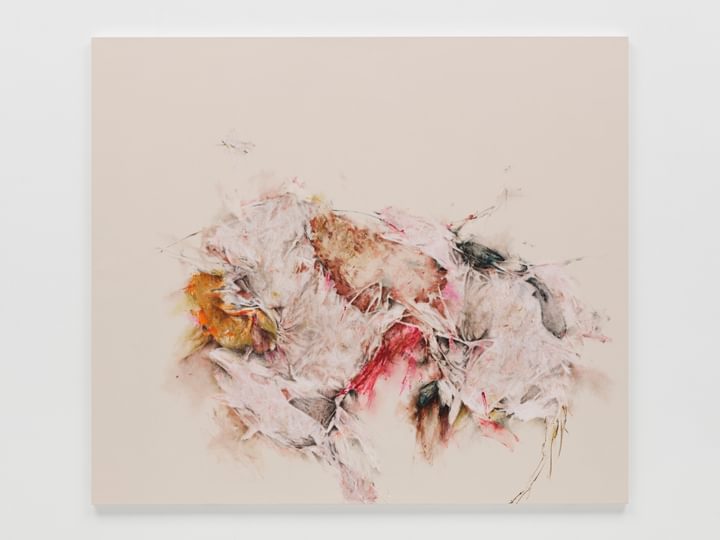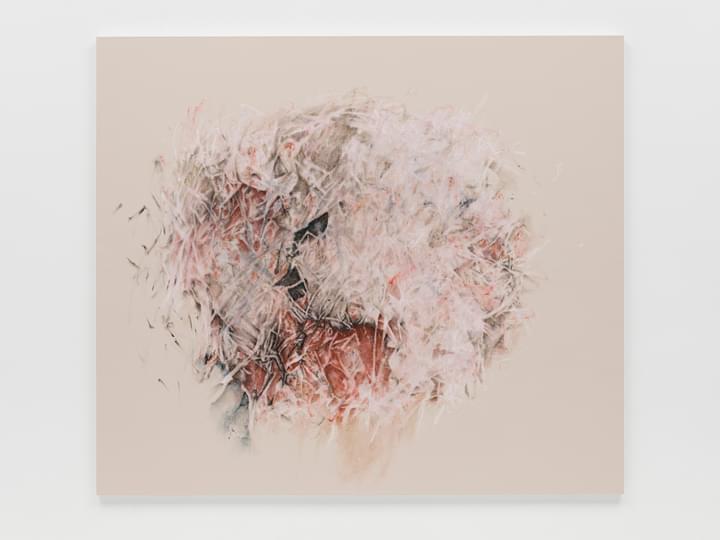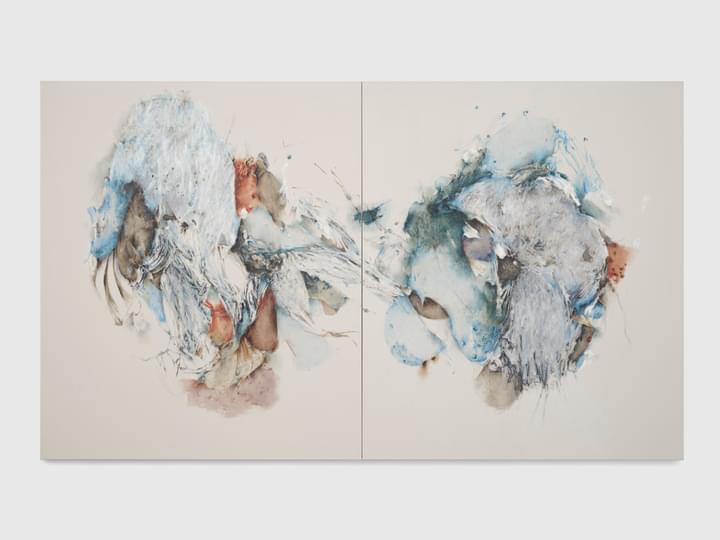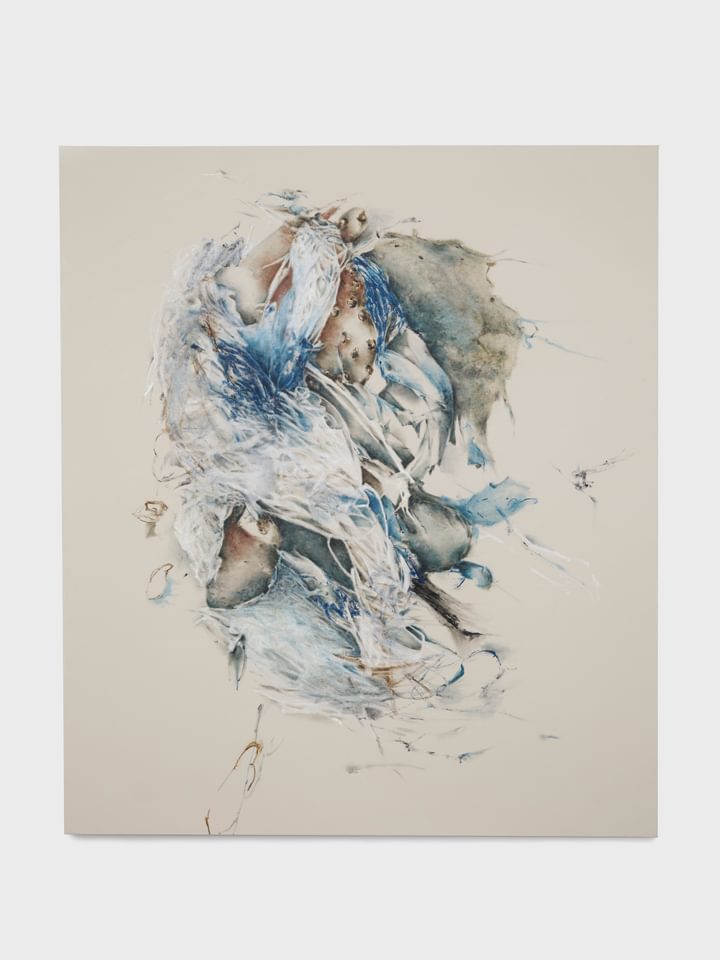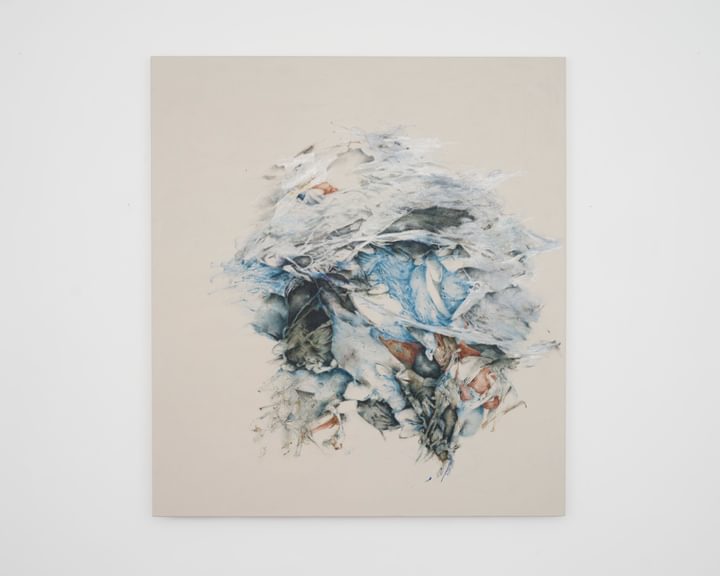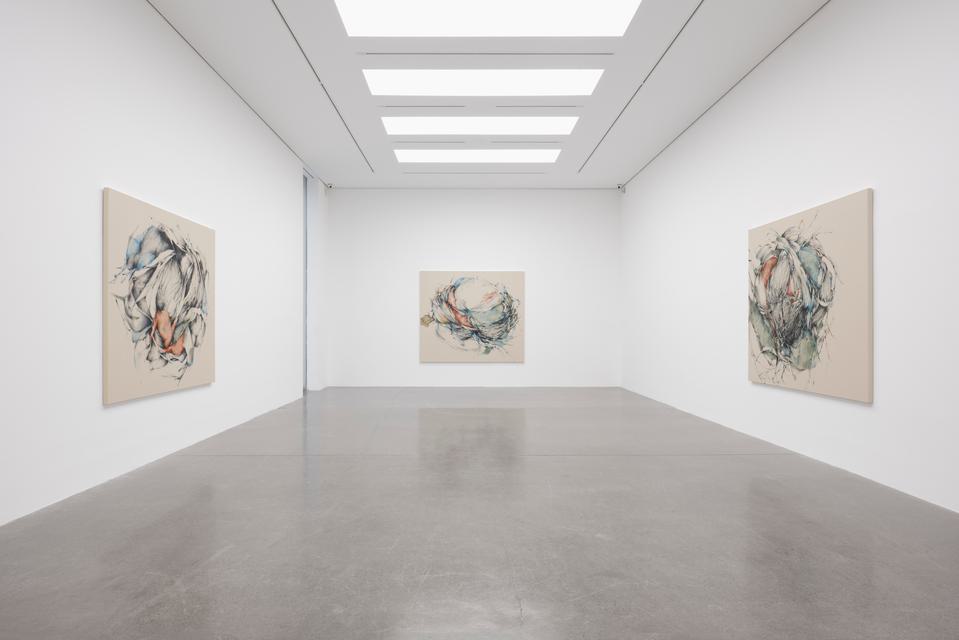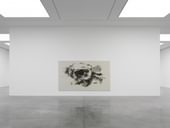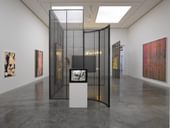
Blue Cryptobiosis #10, 2021
Christine Ay Tjoe
Lives and works in Bandung, Indonesia
B. 1973
Artworks

Contact us about available Christine Ay Tjoe works
Exhibitions
Gallery Exhibition
Christine Ay Tjoe
Covered and Cover
27 June – 15 August 2025
Gallery Exhibition
Christine Ay Tjoe
Lesser Numerator
17 November 2023 – 13 January 2024
Gallery Exhibition
Christine Ay Tjoe
Spinning in the Desert
18 May – 28 August 2021
Gallery Exhibition
Christine Ay Tjoe
Black, kcalB, Black, kcalB
28 November 2018 – 20 January 2019
Coming Soon
Christine Ay Tjoe
Two new prints by Christine Ay Tjoe extend the artist's drawing and printmaking practices by combining photopolymer gravure printing with unique hand-finishing.
Films
Christine Ay Tjoe
From her studio in Bandung, Indonesia, Christine Ay Tjoe talks about her interest in drypoint etching and how her painterly practice is fundamentally based on drawing.
Christine Ay Tjoe, ‘Lesser Numerator’
Explore Christine Ay Tjoe's exhibition ‘Lesser Numerator’ at White Cube Mason's Yard.
Christine Ay Tjoe on ‘Wall Prison’
Christine on her 2008 work ‘Penjara Dinding’ (Wall Prison), which was part of her exhibition 'Black, kcalB, Black, kcalB' at White Cube Bermondsey in 2018 – 2019.
Christine Ay Tjoe
From her studio in Bandung, Indonesia, Christine talks about her interest in drypoint etching and how her painterly practice is fundamentally based on drawing.
Christine Ay Tjoe on ‘Black, kcalB, Black, kcalB’
Christine discusses her first UK exhibition, ‘Black, kcalB, Black, kcalB’ at White Cube Bermondsey in 2018.
News
Find out more27 May – 20 November 2022
27 October 2020 – 27 June 2021
Bookshop
Browse the BookshopCreate an Account
To view available artworks and access prices.

